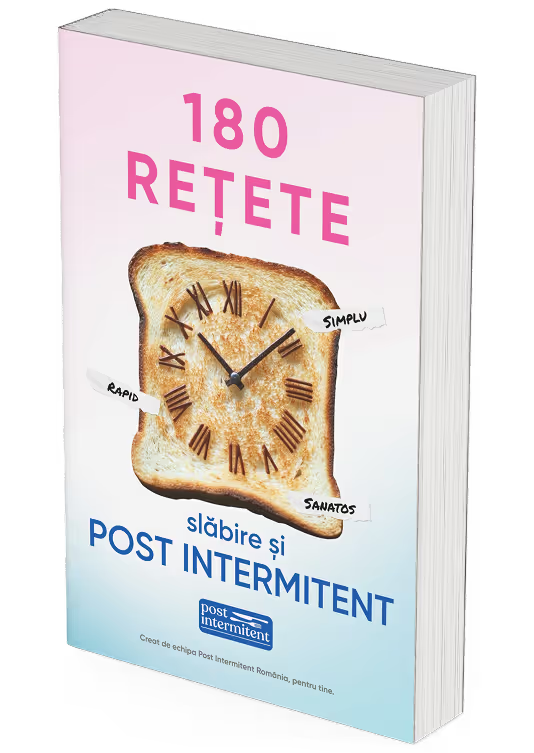Well, the answer is not “whatever” or “what I crave.” This is where the concept of Refeed— a smart nutritional strategy to re-enter the diet without shocks to the body.
🔄 What is a Refeed?
Refeed is a meal (or several) with the role of strategic rechargeafter a period of caloric restriction or fasting. It does not mean “cheat meal”, but a controlled return to a balanced diet with an emphasis on quality carbohydratesand electrolytes.
🧠 Why is it important after fasting?
After a period of fasting, especially a prolonged one:
- Reserves of glycogen are almost exhausted
- Satiety hormones and metabolism (leptin, ghrelin, T3) can become unbalanced
- The body is very sensitive to nutrients and reacts strongly to the composition of the return meal
A correct feed: ✅ Avoids extreme fatigue ✅ Reduces the risk of binging ✅ Restores hormonal balance and supports metabolism
🍚 What should a Refeed contain?
Ideally, the refeed table should include:
- Complex CarbohydratesIngredients: rice, potatoes, pumpkin, oatmeal
- Fiber-rich vegetables
- A moderate source of proteinIngredients: eggs, lean meat, lentils
- Natural electrolytesIngredients: salt, magnesium, potassium
- Healthy fatsin small amount (avocado, olive oil)
❌ Avoid refined sugars, seed oils and toasts.
📋 Simple refeed example (after 36—72h of fasting)
- 1 large bowl of basmati rice + baked pumpkin + Himalayan salt
- 2 boiled eggs or a small portion of lean meat
- Green salad with a little olive oil
- Water with a pinch of salt or carbonated mineral water rich in electrolytes
🧠 When do you need a refeed?
- If you have held a post over 24—36 hours
- If you feel fatigue, drowsiness, or mental fogafter the post
- If you notice that your metabolism slowed down(constant cold, decreased libido, etc.)
- If you train intenselyand feel that performance decreases
⚠️ Common mistakes when refeeding:
- Chaotic eating: “I eat anything that I've fasted enough!” ❌
- Too much fat: “I put butter and cheese everywhere.” ❌
- Skipping the refeed: “Fasting is going well, I'm not eating at all today.” ❌
📊 Refeed for those who hold intermittent fasting frequently
If you practice OMAD, ADF or 20/4 daily, you do not need a classic “refeed” after each post, but a weekly or bimonthly refeedis useful for regulating hormones and preventing stagnation in losing weight.
It can only mean a meal richer in complex carbohydrates, such as:
- Baked potatoes
- Rice with vegetables
- Bananas + oats + nuts
✅ Practical conclusion
Refeed- is not optional after a long fast — is part of the post.
The way you get back to eating matters as much as the time you fasted. Choose real, nutritious foods and avoid extremes.
Not recommended. Eating heavy, fried or full of sugar can cause digestive problems and neutralize the benefits of fasting. Refeed must be controlled and nutritious.
No. Refeed is especially useful after longer fasts (24h+). For 16/8 or 18/6, it is sufficient that the return mass is balanced and contains natural electrolytes.
In the short term, no. But in the long run, the lack of refeeds can lead to fatigue, slowed metabolism or hormonal imbalances.









.svg.avif)













.avif)























.svg)
